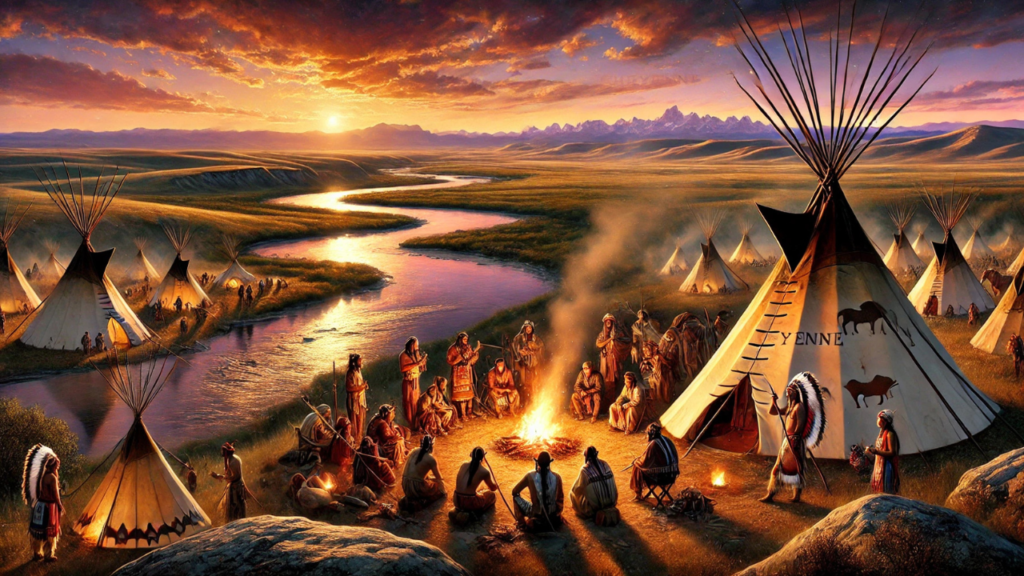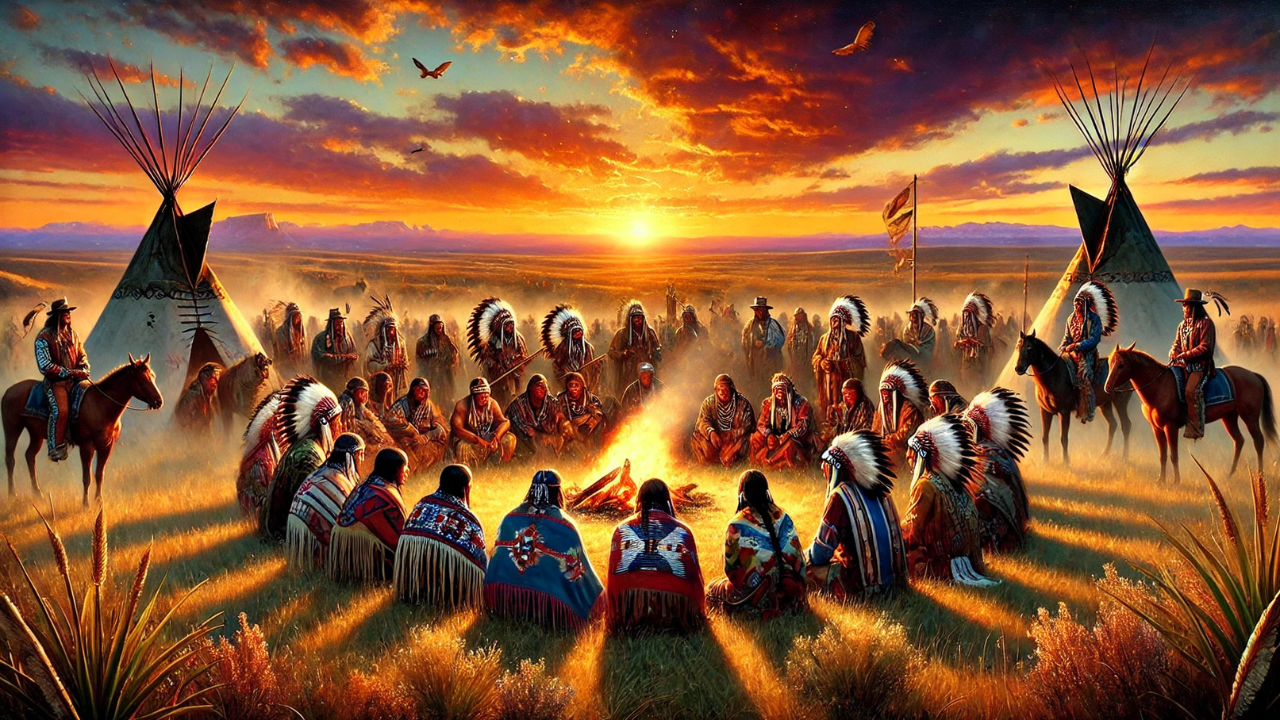Introduction
The Cheyenne people hold a unique place in the annals of history, representing resilience, tradition, and a deep connection to the land. murdoch’s cheyenne Their story, intertwined with the larger narrative of Native American tribes, has captured the imagination of many writers, historians, and cultural enthusiasts. Among these storytellers, Murdoch stands out for his interpretations of Cheyenne life and culture. His works have sparked intrigue, admiration, and controversy, shedding light on an often-misunderstood community while raising questions about accuracy and representation.
This article delves into the Cheyenne’s historical and cultural essence, exploring how Murdoch’s depictions resonate with or deviate from reality. By understanding the Cheyenne and their portrayal in literature, we gain valuable insights into the importance of preserving indigenous heritage and fostering respectful cultural dialogue.
Who Were the Cheyenne?
Historical Background
The Cheyenne people trace their origins to the Great Lakes region, where they lived as semi-sedentary agriculturalists. By the 17th century, they began a westward migration, eventually settling in the Great Plains. This shift transformed their lifestyle, making them one of the most prominent Plains tribes. Known for their adaptability and skill as hunters, the Cheyenne relied heavily on the bison, which provided food, clothing, and tools.
Their history is marked by resilience in the face of adversity. They were central figures in pivotal events, such as the Sand Creek Massacre of 1864 and the Battle of the Little Bighorn in 1876. These conflicts, driven by westward expansion and U.S. government policies, profoundly impacted the Cheyenne, leading to displacement and significant cultural upheaval.
Culture and Traditions
The Cheyenne’s spiritual and cultural practices reflect a deep connection to the natural world. Their religion revolves around Ma’heo’o, the Creator, and incorporates sacred ceremonies like the Sun Dance. These rituals, often lasting several days, serve as acts of spiritual renewal and community bonding.
Governance within Cheyenne society was equally distinctive. The Council of Forty-four Chiefs, a respected governing body, upheld peace and justice through consensus. This system exemplified their commitment to unity and shared responsibility.
Art, storytelling, and language further defined the Cheyenne identity. Elaborate beadwork, painted hides, and oral histories were not merely decorative or entertaining but vital for preserving their heritage. Despite historical challenges, the Cheyenne today strive to keep these traditions alive, maintaining a strong cultural identity amid modernity.
Murdoch’s Interpretation of the Cheyenne

Murdoch as a Storyteller
Murdoch’s fascination with the Cheyenne likely stemmed from a broader interest in indigenous cultures and their struggles during America’s formative years. His works, rich in detail and narrative complexity, sought to bring the Cheyenne’s world to life for readers unfamiliar with their plight. Through vivid storytelling, Murdoch illuminated their resilience, struggles, and humanity.
Representation vs. Reality
While Murdoch’s works introduced many to the Cheyenne, they often walked a fine line between representation and romanticism. His portrayals sometimes leaned heavily on stereotypes or dramatic embellishments, emphasizing the “noble savage” trope. Though well-intentioned, this approach risked overshadowing the nuanced realities of Cheyenne life.
Murdoch’s narratives occasionally omitted the complexities of Cheyenne history, focusing instead on their perceived mysticism or tragic downfall. Critics argue that while his stories captured imaginations, they may have inadvertently perpetuated misconceptions about indigenous cultures.
Impact on Popular Culture
Murdoch’s depictions undoubtedly shaped public perceptions of the Cheyenne, influencing how they were viewed in popular culture. His stories inspired films, books, and art that celebrated but also simplified their legacy. This duality highlights the power of storytelling and the responsibility that comes with it—to educate and respect the subjects portrayed.
The Legacy of Murdoch’s Cheyenne
Cultural Influence
Murdoch’s works played a role in keeping the Cheyenne’s story alive in the cultural imagination. They brought attention to their struggles and resilience, albeit through a lens that sometimes lacked historical precision. For better or worse, his portrayals became a touchstone for understanding the Cheyenne, sparking interest in their history and traditions.
Lessons for Today
In an era of increasing awareness about cultural appropriation and representation, Murdoch’s Cheyenne serves as a case study in the importance of authenticity. Writers, artists, and creators have a duty to approach indigenous subjects with respect and a commitment to accuracy. By engaging with Cheyenne voices and perspectives, contemporary works can honor their heritage without distorting it.
Contributions to Historical Dialogue
Murdoch’s interpretations, while imperfect, have sparked valuable conversations about history, identity, and the portrayal of marginalized communities. They remind us of the need for inclusive storytelling—one that amplifies indigenous voices and fosters understanding rather than perpetuating stereotypes.
Conclusion
The story of Murdoch’s Cheyenne is a tapestry woven with threads of history, culture, and creative interpretation. It underscores the enduring significance of the Cheyenne people and the responsibility of storytellers to portray them with care and respect. While Murdoch’s works have left a lasting impact, they also serve as a reminder of the complexities involved in representing another culture.
As we move forward, the lessons gleaned from Murdoch’s Cheyenne can guide us toward a future where indigenous stories are told authentically, their voices heard loud and clear. By preserving and celebrating the richness of Cheyenne culture, we honor not just their legacy but the broader heritage of humanity.
Frequently Asked Questions (FAQs)
Who were the Cheyenne, and why are they historically significant?
The Cheyenne are a Native American tribe originally from the Great Lakes region. Their history is marked by migration to the Great Plains, significant cultural contributions, and resilience in the face of adversity.
What was Murdoch’s connection to the Cheyenne people?
Murdoch was a writer who portrayed the Cheyenne in his works, aiming to highlight their culture and struggles, though his depictions often leaned toward romanticism.
How accurate were Murdoch’s depictions of Cheyenne culture and history?
While Murdoch’s works brought attention to the Cheyenne, they sometimes relied on stereotypes and omitted historical complexities, leading to both praise and criticism.
What influence has Murdoch’s work had on modern perceptions of the Cheyenne?
Murdoch’s stories shaped public views of the Cheyenne, inspiring interest but also reinforcing certain misconceptions about their culture.
How can we ensure respectful representation of indigenous cultures in literature and media?
By engaging with indigenous voices, conducting thorough research, and avoiding stereotypes, creators can honor and authentically represent these cultures.
What resources are available for learning more about the Cheyenne people today?
Books, documentaries, and museums dedicated to Native American history, as well as organizations led by Cheyenne communities, offer valuable insights into their heritage.




